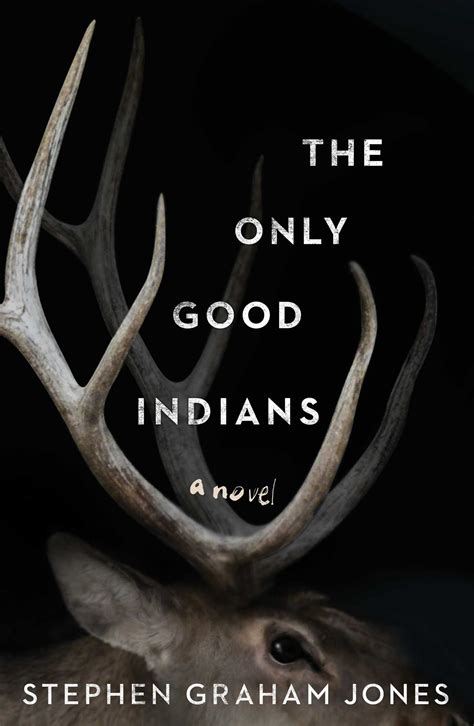

However, the term “Indian” tends to be used more commonly in the United States, a practice which is commented on within the novel itself. At this time and place in history, the terms “First Nations” or “Native American” are more commonly accepted within my environment, as the term “Indian” has discriminatory connotations and is built upon a racist history and geographic inaccuracies. Beginning Note: Usage of the Term “Indian” in this Articleįor the sake of clarity, I want to point out that I will occasionally use the term “Indian” when discussing this novel, as it is the term Stephen Graham Jones chooses throughout the course of the book. Their horrific experiences with the spirit represent their struggles with their Native identity, and reflect the different experiences Native Americans must face when grappling with systemic racism alongside their own guilt involving their culture and traditions.ġ. Ten years later, the four men are haunted by a strange, eerie creature with the body of a woman and the head of an elk.

Together, the men slaughter a herd of elk, one of which dies slowly, revealed to have been struggling to stay alive due to her pregnancy. Ricky, Lewis, Gabe, and Cassidy are haunted by an incident in their past, in which they go hunting on a piece of land reserved for their elders. Stephen Graham Jones’ “The Only Good Indians” is a novel that follows the story of four Native American men.


 0 kommentar(er)
0 kommentar(er)
